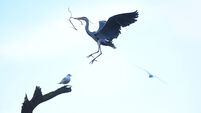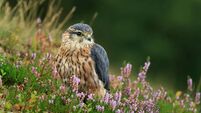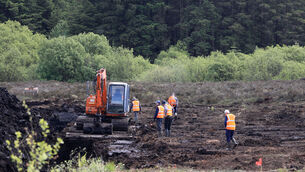More exotic birds are winging their way to Ireland
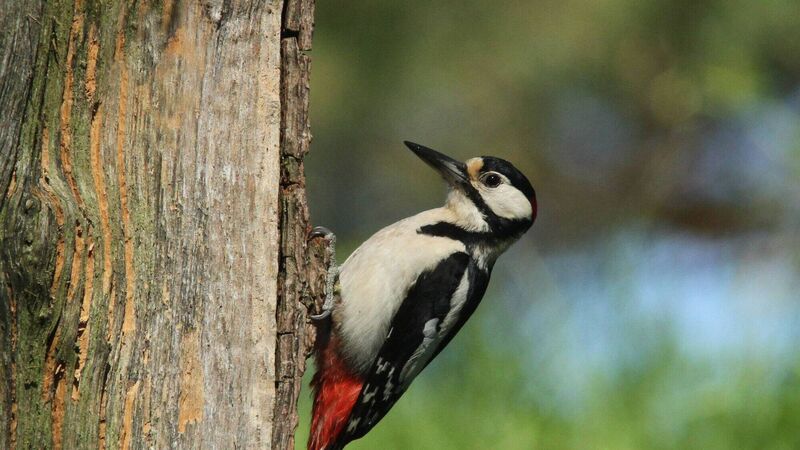
A male great spotted woodpecker pictured (not in Mayo) by Dick Coombes.
As temperatures in Ireland continue to rise, the country is expected to see a lot more exotic birds establishing breeding colonies and permanent residence here, according to one wildlife expert who says this pattern has already begun.
And it looks likely that Co Cork will be one of the first points of arrival for such birds, together with other species which will become their food.
Jim Wilson, a former national chairman of Birdwatch Ireland, who helped establish the renowned wildlife reserves at Cuskinny Marsh and Harper’s Island in Co Cork, said several new species have already established a foothold here, and he expects more to follow suit.
“There’s global warming, milder winters and the blurring of the seasons. Flowers are blooming way later and frogs are spawning way earlier in this country,” he said.
People may have noticed the arrival some years ago of the little egret, says Mr Wilson, who is also a bat expert and the author of several nature books.

The first sighting was recorded in Skibbereen in the 1940s, and from the 1960s more sightings were made. From the 1990s, their arrival increased, and the first breeding pair popped up in Ballymacoda in East Cork in 1998.
Now these wading birds are indigenous with an Irish population which stays here permanently. Originally, they were only found in Southern Europe, but as winters warmed, they became all-year-round residents.
“At the moment there are a lot of their larger cousins, the great white egret (ardea alba), which is as big as a grey heron, turning up here,” Mr Wilson said. "They are now staying and breeding in the UK, and it is only going to be a couple of years before they do that here."
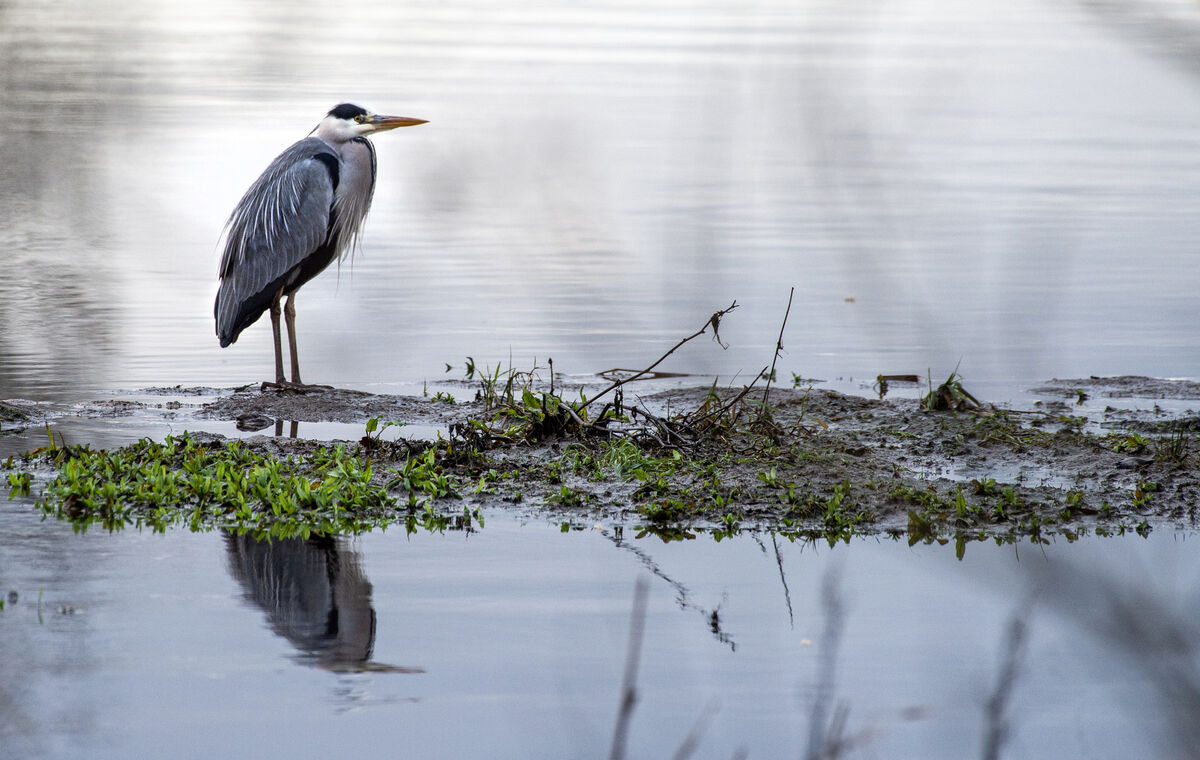
The first recorded sighting of one was in 1997 at Cape Clear in West Cork. Now they have been spotted in numbers at Cuskinny in Cobh and at ‘The Geragh’ — the submerged ancient forest near Macroom.
“There has been a noticeable increase in them in pockets, and it’s only a question of time before they breed here as well,” he said.
The European breeding and non-breeding populations of the great white egret have increased dramatically since 1980. During this period, the breeding range has expanded to the north and west, and the species has nested for the first time in 13 countries, including Sweden and England.
“Changes in the availability of foraging habitat and food, the cessation of persecution and related human-induced mortality, improved legal protection, and climate change have probably all played a part,” Mr Wilson said.
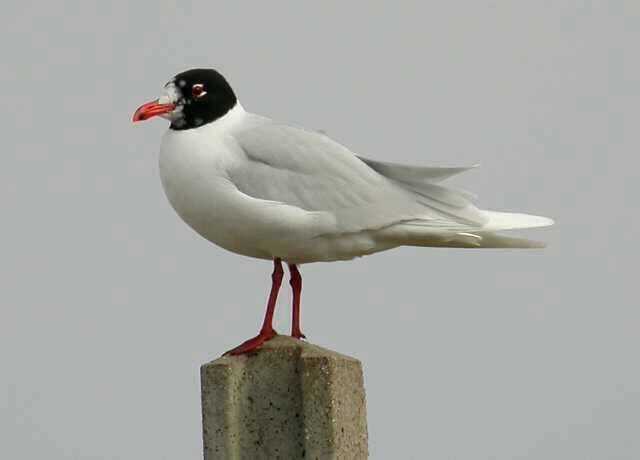
The heartland of the white-winged Mediterranean gull is the Black Sea, but that species is now turning up here in bigger numbers on our southern and eastern coasts.
Mr Wilson said hundreds of these birds can be seen in Cork Harbour during the winter months, with a lot of them flying here from Belgium, where they are now breeding.
The first Mediterranean gull was spotted in Ireland, in Cork, in 1964. They have also spread to the Netherlands, Hungary, Poland, and Germany.
“The first pair of Mediterranean gulls bred in the UK in 1968, and the species colonised Ireland from the mid-1990s," said Mr Wilson. "Since then, numbers have increased. Mediterranean Gulls can be seen here throughout the year, ranging more widely during the winter months.”
Only three of the spectacularly-coloured great spotted woodpecker were ever positively identified in Ireland before 1959, and again Cork was their first point of arrival.
Mr Wilson said the birds are likely to have previously bred in Ireland, but during the 17th or 18th centuries became extinct following extensive woodland clearance.
Only 15 were ever sighted here in the 50 years after 1953, showing how rare a visitor to Ireland it was during the 20th century.
The first confirmed instance of breeding on the island of Ireland in the modern era came in 2006 in Co Down. This was followed by the sighting of a juvenile bird on a peanut feeder in Dublin in 2008, and then a quite dramatic confirmation of breeding in Co Wicklow in 2009 when seven occupied nests were located.
The breeding population has increased each year since then. By 2015, there were at least 35 occupied nests, and breeding had extended from Wicklow to Wexford, Kilkenny, Dublin and Monaghan.
“Now they are in almost every county in Ireland,” Mr Wilson said. "They spilled over from the UK and are spreading really quickly here. They are breeding in several counties, and we get reports of sightings of them almost every week."
An even more spectacular arrival is the glossy ibis.
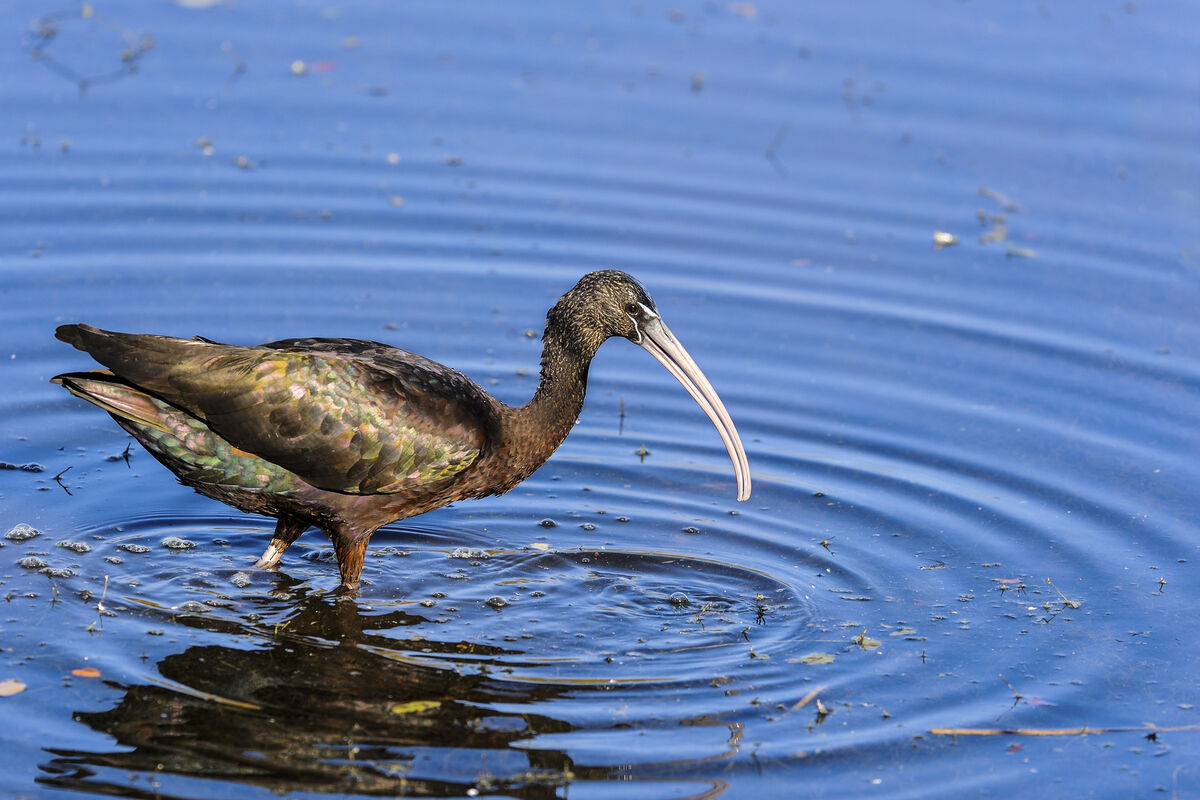
“A flock of over 60 arrived early this autumn at The Geragh, which is really phenomenal. From 1924 to 1981, we have no records of these birds being seen in this country. There was a rise in sightings in 2009 and in 2018 again in Ireland. Their range is expanding all the time northwards. They will almost certainly breed here fairly soon and leave us with an indigenous population,” Mr Wilson said.
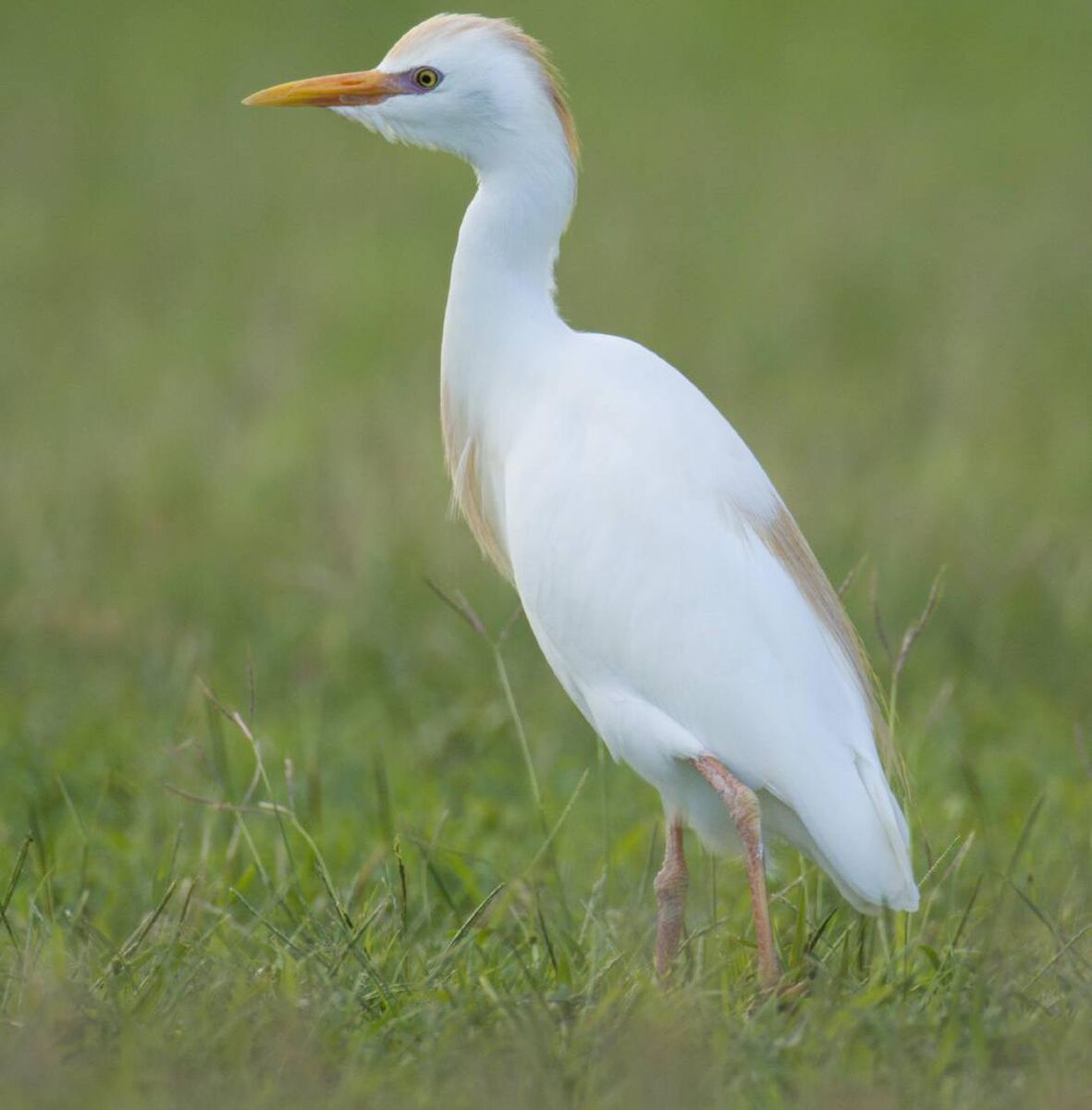
The cattle egret — familiar from wildlife documentaries, riding on the back of large animals in Africa and picking insects off them — is also becoming a more frequent visitor.
The first recorded visit here was when three were seen, again in Cork, in 2005. There have been 150 confirmed sightings this year.
Mr Wilson said the Cetti’s Warbler, a tiny brown bird with a very distinctive and charming song, has been seen in Clonakilty.
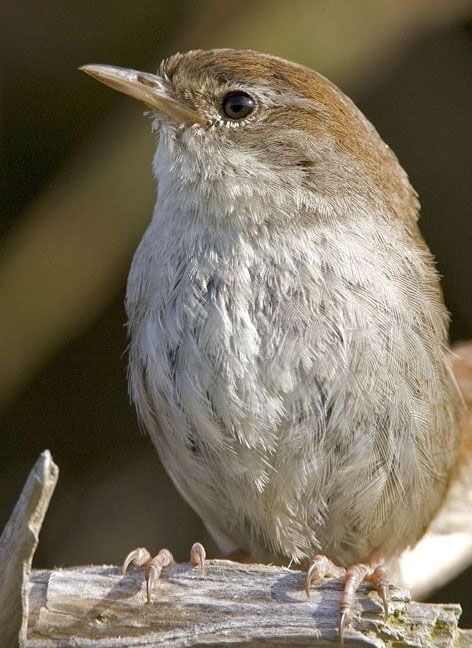
The very shy bird is normally found in Afghanistan and Pakistan, but has spread in Europe in recent years, and he believes it may not be long before it becomes another indigenous species as well.
Another flyer, this time an insect, is on the march here — the aptly-named large emperor dragonfly. It was first recorded arriving in this country in 2000. However, the majestic blue and green predator has become common now. Fishermen will come across them because they like to use rods as a perch for spotting prey.

“Among our resident species, this has the highest increase in occupancy,” Mr Wilson said.
"Its former distribution until the 1990s was largely confined to the low-lying areas of Southern England and South Wales. Since then it has spread both westwards and northwards. It crossed the Irish Sea to reach Co Wexford in 2000, before rapidly spreading throughout Ireland.
“Emperors are regular inhabitants of ponds and lakes, but can also be found in flowing waters such as rivers, canals, and ditches. This ability to make use of a wide range of habitats, coupled with the fact that it’s a large, strong-flying dragonfly, has contributed to its success and range expansion.”
In terms of mammals, the white-toothed shrew is now everywhere in Ireland, and is fuelling the growth in barn owl numbers. The birds of prey have taken a liking to feasting on them, and the nocturnal hunters are thriving as a result.
Trigger fish and yellowfin tuna are coming into our warming waters for the first time, Mr Wilson said. But the downside is that other fish species such as mackerel will disappear to colder waters north.
As the climate continues to warm, Mr Wilson said we could expect other new arrivals, including blood-sucking vampire bats.
While they couldn’t get here under their own steam from South and Central America, they could stow away on a banana boat and survive milder Irish winters.



